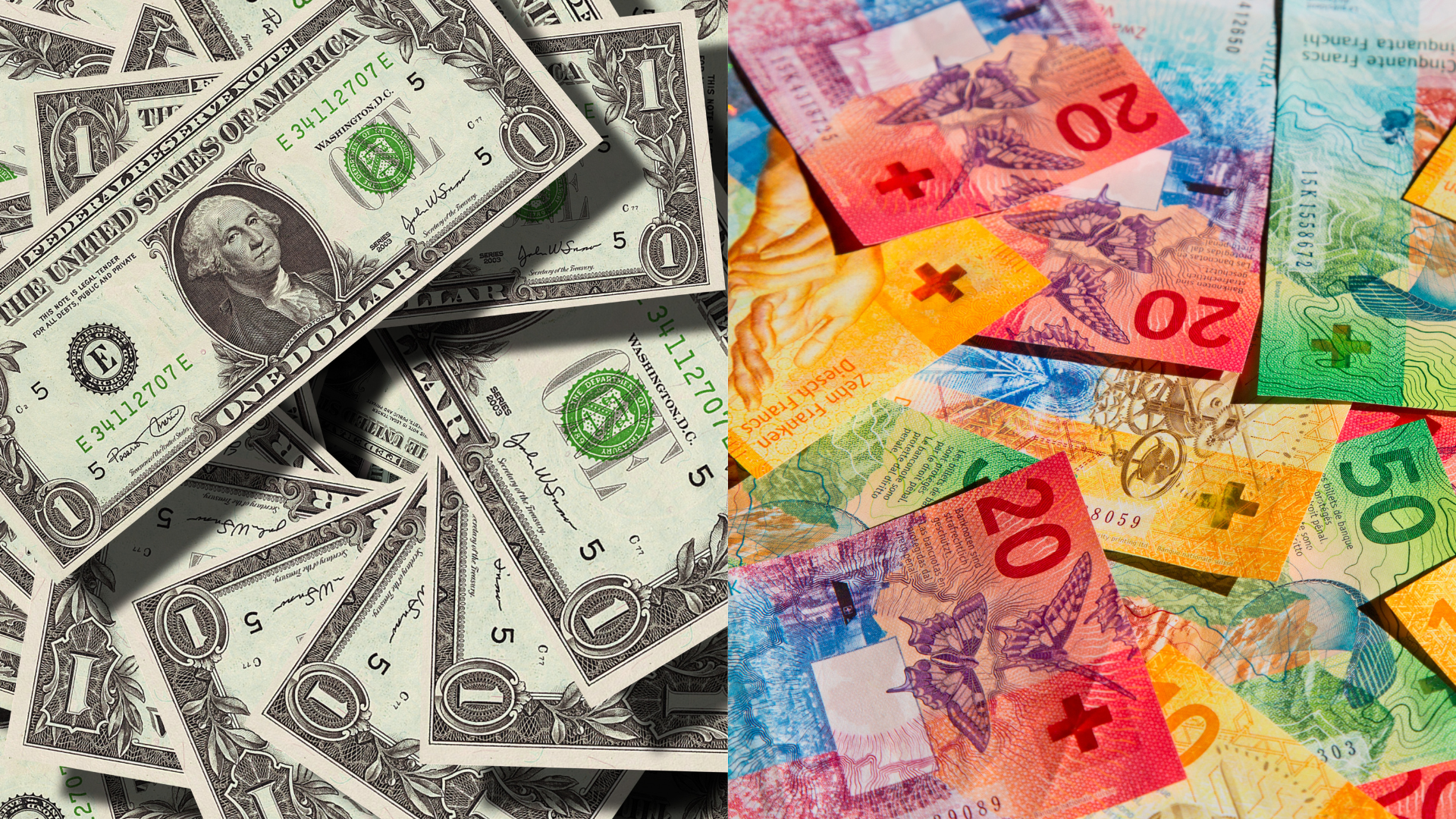
The U.S. dollar weakened on Thursday as early gains from positive economic data quickly evaporated, overshadowed by the Swiss National Bank’s unexpected move to cut interest rates. The dollar initially rose after data showed U.S. jobless claims fell to a four-month low of 218,000, signaling strength in the labor market, and corporate profits in the second quarter outpaced expectations. Despite the strong numbers, investors struggled to reconcile the robust U.S. economy with the Federal Reserve’s recent shift toward looser monetary policy.
The Swiss franc gained momentum after the SNB’s decision to cut interest rates by 25 basis points, pushing the dollar 0.55% lower against the franc to 0.846. Analysts had expected a larger cut, and the SNB’s cautious approach suggests further easing could be on the horizon. This decision echoed recent moves by the Fed and the European Central Bank, both of which have shifted their focus from inflation control to supporting economic growth.
As the day progressed, the dollar index—which tracks the greenback against a basket of six major currencies—fell 0.42% to 100.52, marking its sixth decline in seven trading sessions. Despite the dollar’s early boost from stronger-than-expected U.S. economic data, including a 3% annualized growth rate in GDP, the market remained cautious. “The Fed’s rate cuts are happening alongside an economy growing at 3% or more,” said Joseph Trevisani, senior analyst at FXStreet. “The market doesn’t quite know how to interpret this mix.”
Adding to the uncertainty, several U.S. Federal Reserve officials, including Chair Jerome Powell, refrained from providing fresh guidance on monetary policy during public remarks on Thursday. Meanwhile, U.S. Treasury Secretary Janet Yellen offered a more optimistic outlook, noting that the economy was likely headed for a “soft landing,” although she flagged housing costs as a persistent challenge in the fight against inflation.
In broader currency movements, the euro climbed 0.41% to $1.1178, as traders digested the implications of U.S. monetary easing and ongoing inflation concerns in Europe. The Japanese yen edged 0.1% higher to 144.6 per dollar, with Bank of Japan policymakers signaling division over the pace of future rate hikes. Meanwhile, the British pound saw its biggest daily gain in a month, rising 0.71% to $1.3417, boosted by positive sentiment surrounding the U.K.’s economic outlook.
As markets continue to react to shifting central bank policies, the dollar’s trajectory remains uncertain, with rate cuts seemingly at odds with robust economic indicators. Investors are left to ponder whether the Fed’s moves will ultimately bolster the U.S. economy or signal deeper concerns about future growth.




 Limited Spots Available! Join This Free Webinar to Learn How to Trade Like the Pros & Build a Consistent Income
Limited Spots Available! Join This Free Webinar to Learn How to Trade Like the Pros & Build a Consistent Income